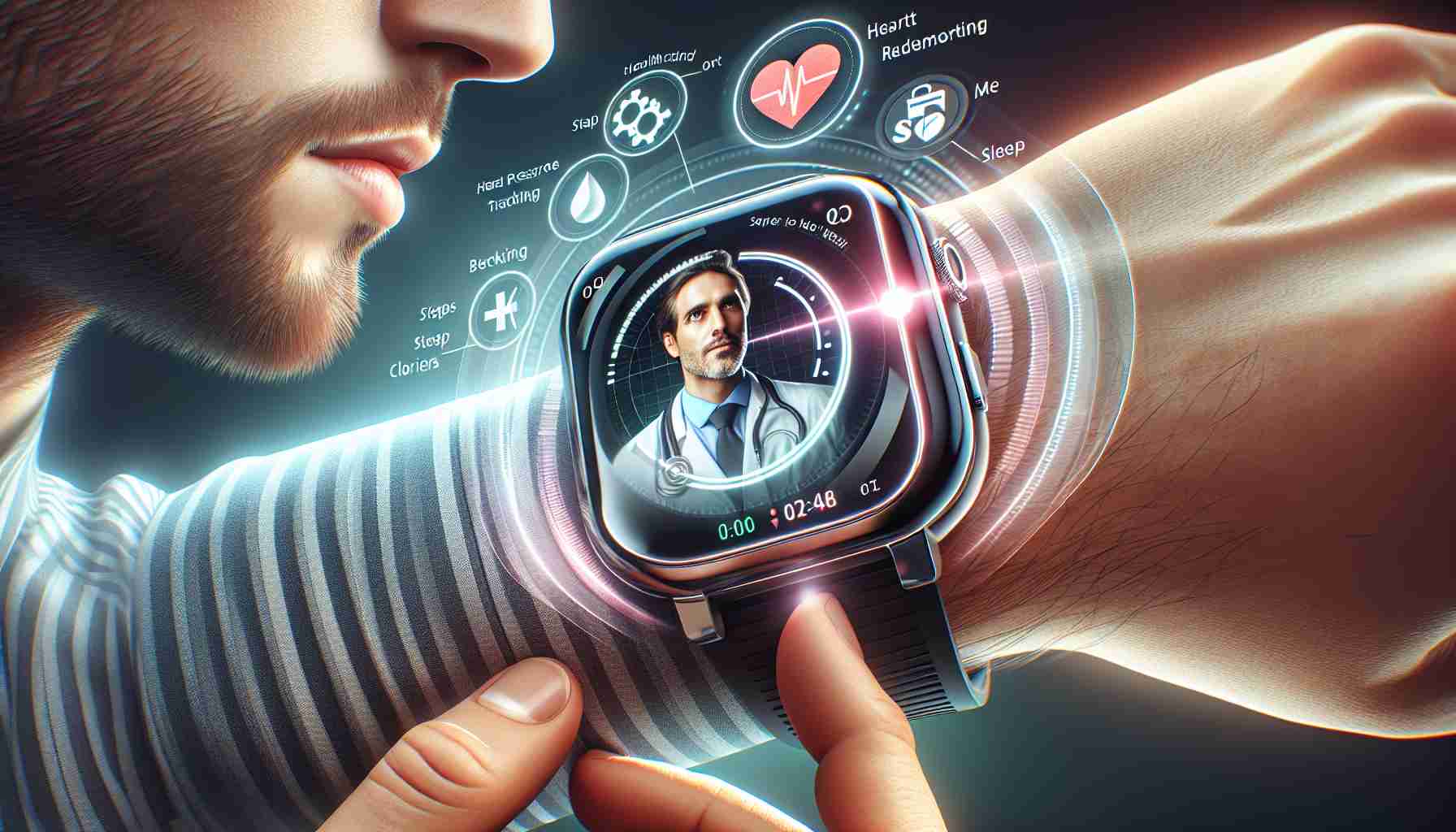InHandPlus has positioned itself as a leader in the healthcare technology industry with the release of the Doctor on Wrist smartwatch. This innovative device represents a leap forward in improving patient care by utilizing sophisticated AI technology and hardware. This innovation has not only earned the company acclaim but also consecutive CES Innovation Awards in 2022 and 2023.
In an illuminating discussion with Hwi-Won Lee, CEO of InHandPlus, it’s clear that the company has come a long way since its founding in 2019. With the pharmaceutical industry facing exorbitant costs and timelines for clinical trials, the company has answered the call with their technology, particularly since the COVID-19 pandemic spurred the growth of Decentralized Clinical Trials.
InHandPlus’s technology has evolved from monitoring simple pill-taking behaviors to analyzing nearly all medication-related actions. Their smartwatch can even examine food intake for its relationship with medication and health conditions. By utilizing the capabilities of AI, namely tools like ChatGPT, they offer personalized healthcare services through voice interactions with users.
The real-world implications of the Doctor on Wrist smartwatch are significant. It’s already in use in several countries, including the US, China, Japan, and Korea. For patients with conditions like schizophrenia and early dementia, adherence to medication has improved noticeably, which has been documented in scientific literature.
Addressing the wider issue of medical non-compliance, InHandPlus’s innovations play a critical role in enhancing patient engagement, thus driving down both medical and social costs associated with poor medication adherence.
By integrating with existing healthcare systems, such as the Medidata platform used widely in clinical trials, InHandPlus ensures seamless data integration. The recognition received through the CES awards underscores the effectiveness of the smartwatch in advancing patient care and signals the global potential of this transformative healthcare tool.
With design elements focused on user experience, such as user-friendly interfaces and medication reminders, the Doctor on Wrist smartwatch prioritizes patient engagement and usability, promising a new era of personalized patient care and medication management.
Related Facts:
– The growth of wearable technologies in healthcare is accelerating due to increasing consumer health awareness and advances in technology.
– AI integration in healthcare devices can lead to early detection of potential health issues by continually analyzing user data and spotting anomalies.
– According to the World Health Organization, approximately 50% of patients with chronic diseases do not follow prescribed medication regimens, highlighting the significance of medication adherence solutions.
– Data privacy and security are crucial parts of any healthcare technology, given the sensitive nature of personal health information that smart devices collect.
Important Questions and Answers:
– Q: How does the Doctor on Wrist ensure data privacy?
A: Although not mentioned in the article, such devices typically incorporate encryption and other security measures to protect patient data in compliance with regulations like HIPAA in the US or GDPR in Europe.
– Q: Can the smartwatch diagnose health conditions?
A: While the article does not specify diagnostic capabilities, generally, healthcare smartwatches provide insights and alerts to users about their health rather than definitive diagnoses.
Key Challenges and Controversies:
– The accuracy and reliability of AI in health monitoring can be a challenge, as incorrect interpretations can lead to misinformed decisions regarding a user’s health.
– Data privacy is a significant concern, as users entrust their personal health information to the device and the company behind it.
– Integrating such advanced technologies with the existing healthcare infrastructure can pose interoperability challenges.
Advantages:
– Increased healthcare accessibility for patients, particularly those with mobility issues or in remote locations.
– Real-time health monitoring can lead to better prevention and management of health conditions.
– Improved medication adherence has the potential to significantly reduce healthcare costs and improve patient outcomes.
Disadvantages:
– Dependence on technology raises concerns about what happens if the device malfunctions or provides inaccurate data.
– Not all patients may be tech-savvy enough to take full advantage of such a device, potentially limiting its utility for certain populations.
– There can be an issue of over-reliance on technology for health management, potentially reducing patient interaction with healthcare professionals.
For more information on healthcare technology or advancements in smartwatches, you may visit the official InHandPlus website by using the following link: InHandPlus. Please note that while I believe the URL provided is valid, as an AI, I cannot browse the internet in real-time. Therefore, I suggest verifying the hyperlink to ensure it is current and operational.
The source of the article is from the blog publicsectortravel.org.uk
